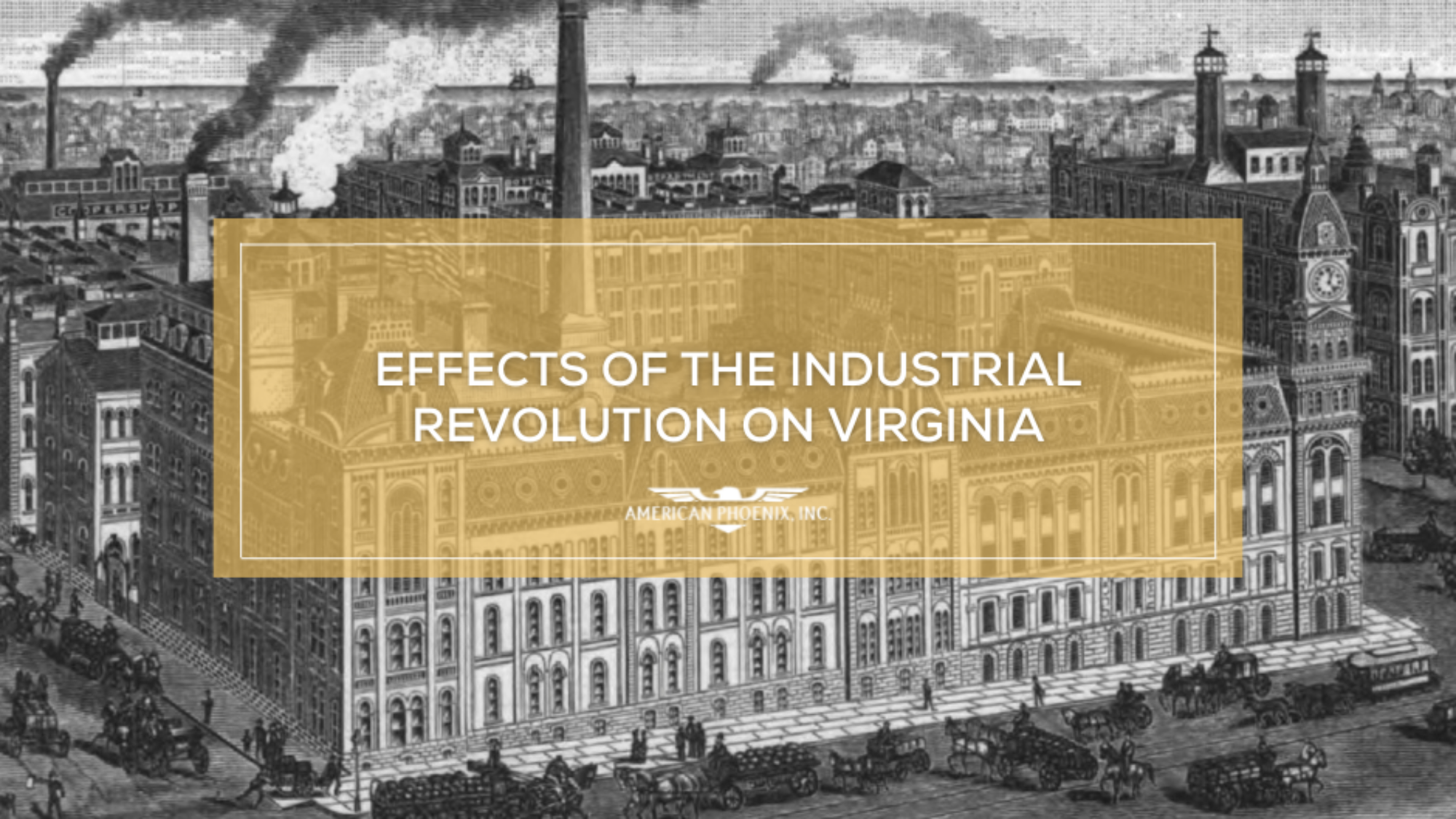API has several locations around the United States to serve our clients in various regions best. One of these is in Virginia – a state that experienced rapid growth during the Industrial Revolution, leaving behind a thriving industrial sector.
The Industrial Revolution brought about significant changes worldwide, and Virginia was no exception. This pivotal historical period transformed the Old Dominion from a primarily agricultural society into a dynamic industrial powerhouse.
Industrial Enclaves
The rapid growth and development during this time period led to the establishment of industrial enclaves in Virginia, where clusters of factories and manufacturing facilities thrived. For instance, Richmond emerged as an important industrial center, employing thousands of new residents who moved to experience the newly urbanized area. This concentration of industries in specific regions brought about economic specialization and attracted a more highly-skilled workforce.
Diversification of Industries
The Industrial Revolution also sparked diversification in Virginia’s industries. Alongside textiles, industries such as tobacco processing, iron production, and coal mining thrived. These industries propelled Virginia’s economy forward, contributing to its industrial prowess and shaping the state’s identity as a manufacturing hub. The state’s natural resources played a crucial role in the expansion of these industries, with Virginia becoming a leading producer of tobacco, iron, and coal.
Infrastructure Development
To support the growing industries, Virginia began investing heavily in infrastructure development. Bridges, roads, and canals were constructed, connecting different regions of the state and facilitating the transportation of goods. These infrastructure projects enhanced internal trade and improved access to national and international markets, boosting Virginia’s overall economic prosperity.
Streamlined Agriculture
While industrialization primarily focused on manufacturing, its effects also reverberated in Virginia’s agricultural sector. The introduction of new machinery, such as mechanical reapers and threshers, revolutionized farming practices and increased agricultural productivity. Farmers adopted advanced techniques and tools, enabling them to produce larger yields and contribute to the growing demand for food.
Shipbuilding and Naval Power
With its abundant natural resources and access to waterways, Virginia became a prominent center for shipbuilding during the Industrial Revolution. The growth of this industry contributed to the expansion of Virginia’s naval power, as shipyards along the coast produced vessels that played crucial roles in trade, exploration, and defense, thus solidifying Virginia’s maritime influence.
Improved Transportation
Transportation radically transformed during the Industrial Revolution, and Virginia quickly adapted. The construction of canals and the introduction of steamboat services revolutionized trade and commerce. The James River and Kanawha Canal, connecting Richmond to the western regions, facilitated the transportation of goods and stimulated economic development. Steamboats glided along Virginia’s waterways, enabling faster and more efficient trade connections with other states.
The effects of the Industrial Revolution in Virginia were transformative, reshaping the state’s economy, infrastructure, and society as it transitioned from an agrarian society to a manufacturing powerhouse, Today, Virginia’s industrial heritage continues to influence its thriving manufacturing sector, making it a vital contributor to the state’s economy.
For more history lessons, check out Effects of the Industrial Revolution in Wisconsin, Effects of the Industrial Revolution in North Carolina, and The History of Manufacturing in Eau Claire.
For more articles From the Plant, check out our blog.


Add a Comment